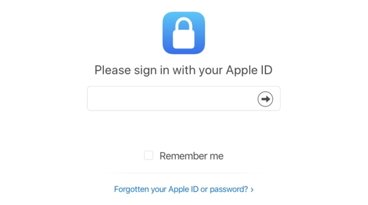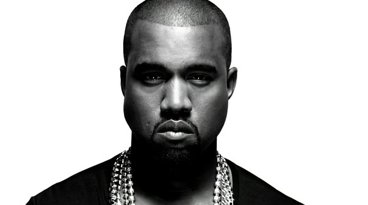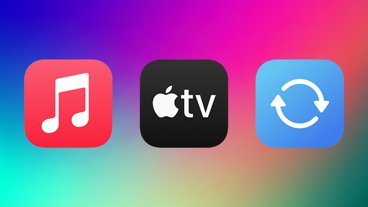Comparison: Subscribing to Apple Music vs. Google Play Music
Google debuted its own streaming service in 2013 as Google Play Music All Access, after Google Play music's initial debut in 2011. All Access was initially priced at $9.99, but in June of 2015, Google unsurprisingly unveiled an ad-supported, free version to differentiate itself from Apple's subscription Music service.
Designed to compete directly with other streaming services such as Spotify, Rdio and newcomer Apple Music, Play Music is based on Songza, the human-curated music streaming startup acquired by Google last year.
The most striking difference between Google Play Music and Apple Music is the user interface, though music curation and discovery services come in at a close second.
Opening up Google Play Music, users are first greeted by the day of the week and various playlists arranged around activities like "Waking Up", "Singing in the Shower", and "Getting Out of Bed". These are followed by Recent Activity and Recommended For You. A hamburger button on the top left leads to Playlists, Stations, Artists, Albums, and Songs.
Despite criticism of Apple Music's crowded UI, the app's functionality is more easily defined than its Google counterpart, due in part to Apple's standard use of tab bar icons at the bottom of the app screen that includes "For You" (the default tab) followed by "New", "Radio", "Connect", and "My Music".
Features
Google Play Music and Apple Music offer relatively similar features. Both companies' content libraries are comparable with each advertising 30 million songs available for streaming. Both companies offer activity-based playlists, however, Apple also offers Apple Editor and Curator Playlists (the former being lists compiled by Apple and the latter by people "in the know").
One advantage Apple Music offers is its Beats One radio station, which provides 24/7 DJ-curated broadcasting from London, New York, and Los Angeles. Another advantage of Apple Music is its Connect feature, social media feature that enables them to follow their favorite artists. Google Play Music offers something called a YouTube Unlock Key, which allows GPMAA subscribers to bypass ads within songs played on YouTube.
Catalogue
When doing a search on both services for a new band (White Lies) and new artist (Casino vs. Japan) that I have come to enjoy in the last two years, Google Play Music was missing two of the three albums of the former and only offered a radio station based on the latter. Apple Music, on the other hand, included all albums of both artists as well as options for creating radio stations based on their music.
For more established acts, this discrepancy isn't a factor, but for newer or more eclectic artists, it could very seriously impact discoverability.
Pricing
Both services have the same price: $9.99 per month. However, Apple offers a Family Plan for $14.99 per month, which allows up to 6 people to share the Apple Music account. Google Play Music has no such family option.
Paradigm Shifts
Being embedded in the Apple eco-system, I'm more comfortable with Apple Music versus Google's comparable offering. Before using it, I had been quite skeptical of a streaming model of music consumption. However, Apple Music has convinced me of its value. I was spending at least $9.99 on album purchases per month before Apple Music was introduced. And, to be fair, there is something inherently satisfying about actually owning your music.
The sheer scope of Apple's music catalogue and the one-click ease of adding it to your own library is nothing short of addictive. I've added dozens of albums and hundreds of songs that I simply never would likely have bought and discovered artists that I likely never would have known thanks Beats Radio and the Apple Editor playlists. I know there's been a lot of news about retention rates with Apple Music subscribers, but, as lifelong music lover, I can say that Apple Music is nothing short of phenomenal.
 Jonathan Lace
Jonathan Lace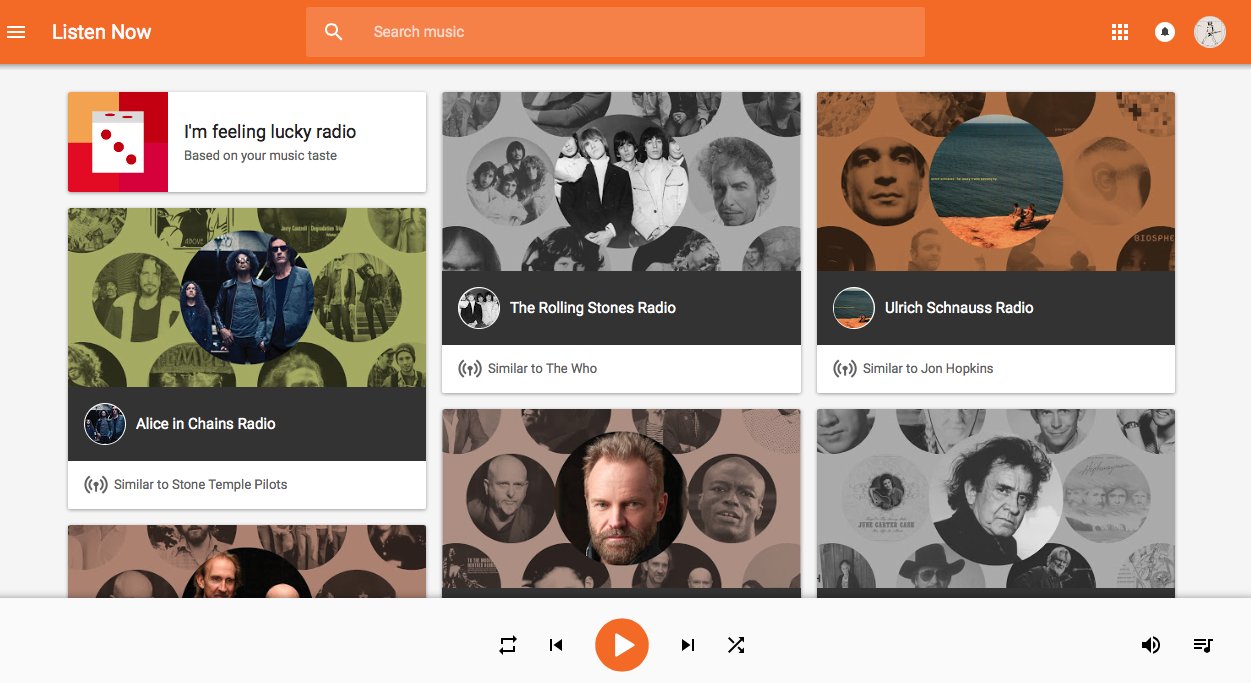
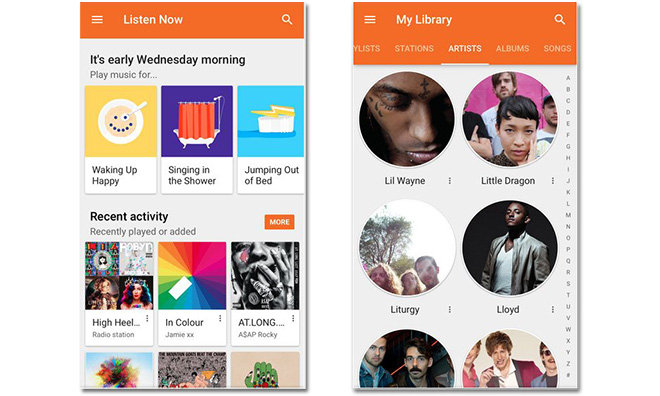
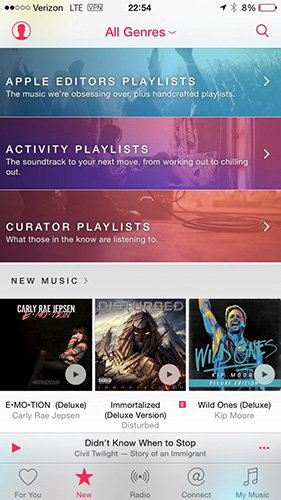
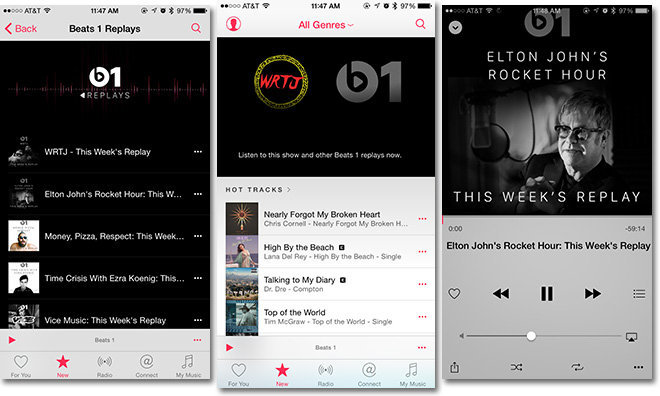











 Andrew Orr
Andrew Orr
 Malcolm Owen
Malcolm Owen

 William Gallagher
William Gallagher

 Mike Wuerthele
Mike Wuerthele
 Christine McKee
Christine McKee
